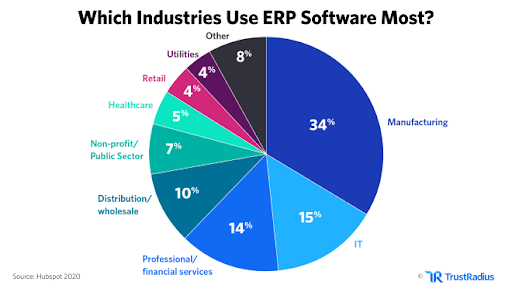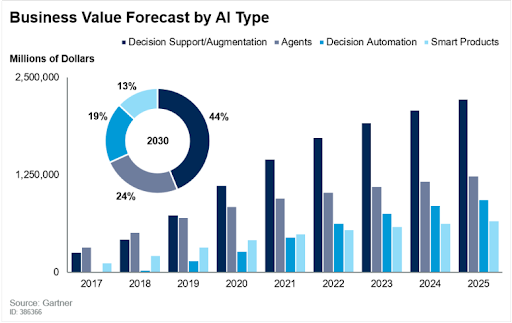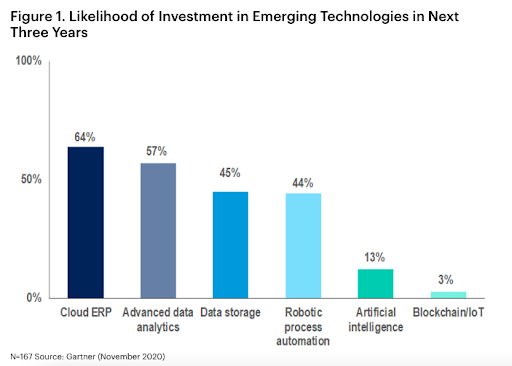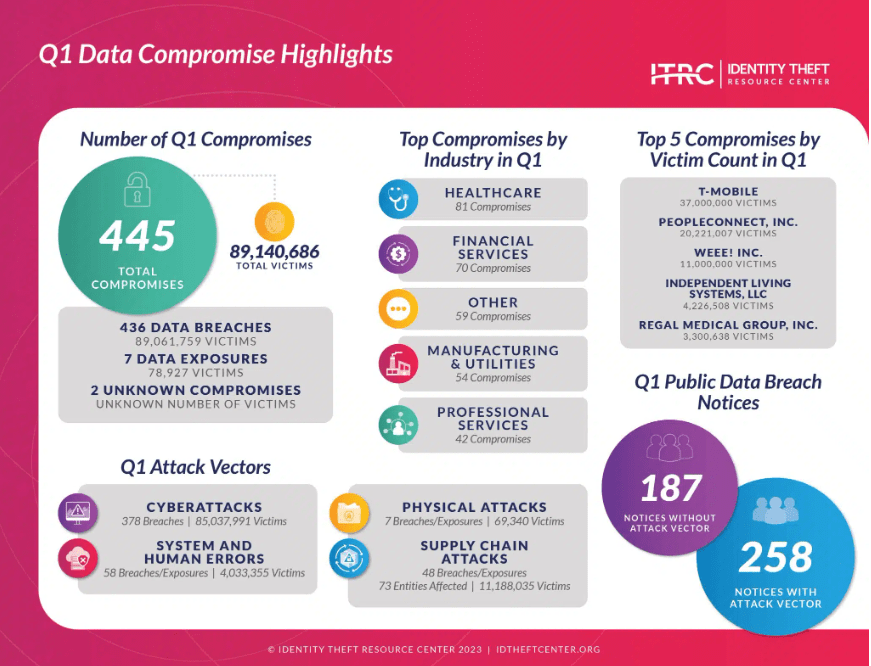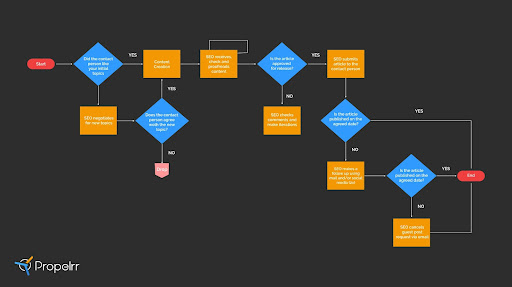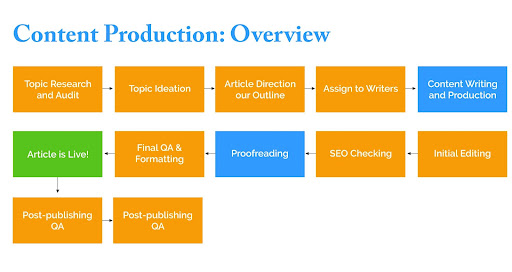Global data breaches have skyrocketed over the past couple of years. This also led to the rise of account takeovers and ident
As a result, businesses need to find a reliable way to confirm if someone is who they say they are. Doing this quickly and easily without any road bumps is vital to your business’s success.
The Advantages of an Online Identity Verification Solution
The process that’s designed to confirm an individual’s identity by checking using specific credentials is identity verification. It’s one of the most important steps when doing business with another party.
Online identity verification is crucial to the risk management of your company. If you still don’t have a streamlined identity verification system in place, here are the reasons why identity verification is vital for your growing business:
Why Is Identity Verification Important?
Reduces Risk For Your Business
Integrating an online identity verification on your website or mobile app will help prevent fraud. It will also protect consumers’ identity, verifying their identity before they can buy products and services online.
An automated id verification solution helps prevent data theft and reduce the risk of cyberattacks which is one of the threats many organizations face. By verifying your customers’ identities, you’re sure who they are. Having a verification will also prevent fraud and other cyber crimes.
Maintain Your Reputation
Reputation is critical to businesses of all shapes and sizes. In an era of data breaches, customers want to know their data is safe.
If you run identity verification checks, this shows your customers that you want to build trust in an increasingly exposed online world. Trust is the foundation of any relationship, especially in a digital landscape that’s grown increasingly fickle.
Failing to establish trust damages your business’ reputation and eventually hurts your revenue. On the flip side of everything, enhancing your reputation and giving your customers the assurance they’re looking for in what they need to use or continue using your service will work wonders in your overall bottom line.
Prevents Identity Theft
Identity theft is an ever-growing concern as more and more people rely on online services for more sensitive tasks like banking, data storage, and shopping.
Your revenue will also suffer when you lose your customers because of identity theft. If you have the means to protect your business from these situations, your operations can be protected, depending on how severe the damage is. That’s why you need to know what to do to reduce the risks of this situation happening.
Having robust cyber security measures in place with solid identity verification, such as facial recognition log-ins, two-stage authentication, and adequate security protection on sensitive data, is vital.
Prohibits Unauthorized Access to Data
Verifying the user’s identity will ensure only authorized individuals can access your data.
That’s why this is vital for businesses that deal with sensitive customer data like financial and personal information.
Enhances Customer Experience
In this highly digital age, customer experience is everything. People are likely to continue with your service if it’s safe and they feel satisfied. They’re also expected to spread the word about the solutions you offer.
That’s why excellent identity verification is critical to making your customers happy. By verifying users, you can ensure they’re saying who they are and not using someone else’s information. This can decrease frustration from your customers and boosts their overall satisfaction.
Compliance Adherence
It’s also crucial to comply with regulations. In different industries, some laws and regulations will require businesses to verify the identity of their users. Depending on your location, these regulations are imposed by different bodies.
Here are examples of the major AML regulatory bodies around the world:
- Global- FATF
- US- FinCEN
- Canada- FINTRAC
- UK- FCA
- Japan- FSA
- Singapore- MAS
- Australia- AUSTRAC
- South Africa- FICA
- UAE- NAMLCFTC
There might be times when a country has more than one regulator that covers various aspects of fraud or may specialize in a specific industry.
Nevertheless, each country is mandated to prevent fraud and ensure that the businesses within their jurisdiction will adhere to the laws that the government sets out.
Enhances Your Customer’s Trust
Identity verification enhances the trust between a business and its customers.
Having these verification precautions in place, you can protect your company’s data and show customers that you’re taking security seriously while safeguarding their personal information. This helps you improve customer relationships and overall trust in your business.
Avoid Hefty Chargebacks
Credit card fraud takes up a large portion of the total identity fraud cases yearly. When businesses allow their customers to use credit cards for online purchases, committing fraud is easier because most of these transactions fall under the “card not present” category.
Thus, people use credit cards fraudulently that aren’t theirs to buy goods online, and once the actual owner finds out, they will cancel the transaction. A business must identify and trace the original fraudster to avoid being liable to pay back the money.
In the finance world, this is known as a chargeback. Unfortunately, this can be costly for companies that accept credit card payments. By revising the identity verification protocols for card-not-present transactions, identity verification lets you avoid costly chargebacks. Using stricter verification methods also stops “friendly fraud” in its tracks.
What’s Next For Identity Verification?
Technologies that enhance identity verification are being developed every single day. There’s also a possibility of blockchain-enabled decentralized identity for everyone on the internet in the future.
The motivation behind this is that it gives people more control over their personal information. Furthermore, businesses can take a backseat in managing identity documents and what has been a very hands-on verification process before.
Over To You
Data breaches scare many customers. To alleviate these fears and avoid incurring costly fines and any money laundering issues, as a business, you need to create a smooth identity verification process that’s not only customer friendly but also adheres to an organization’s guidelines.




